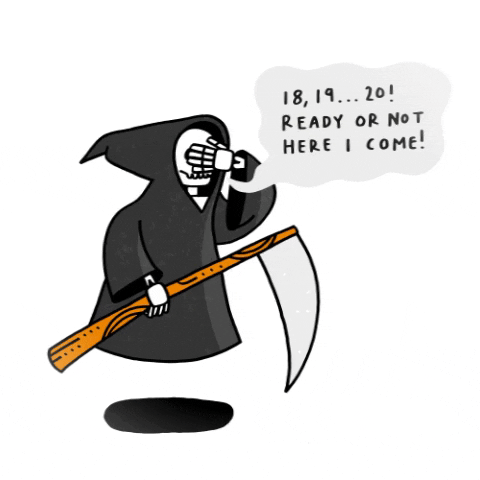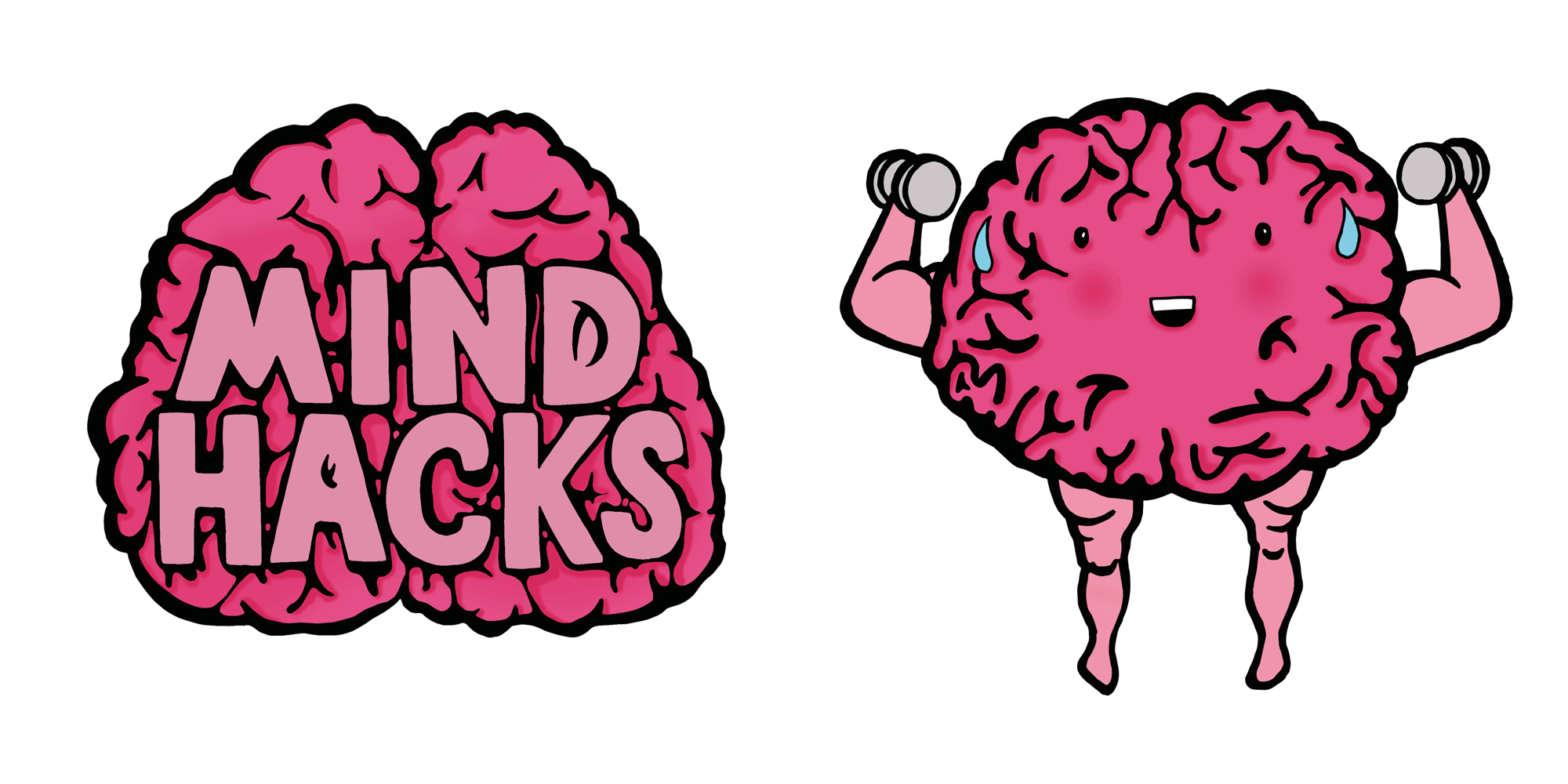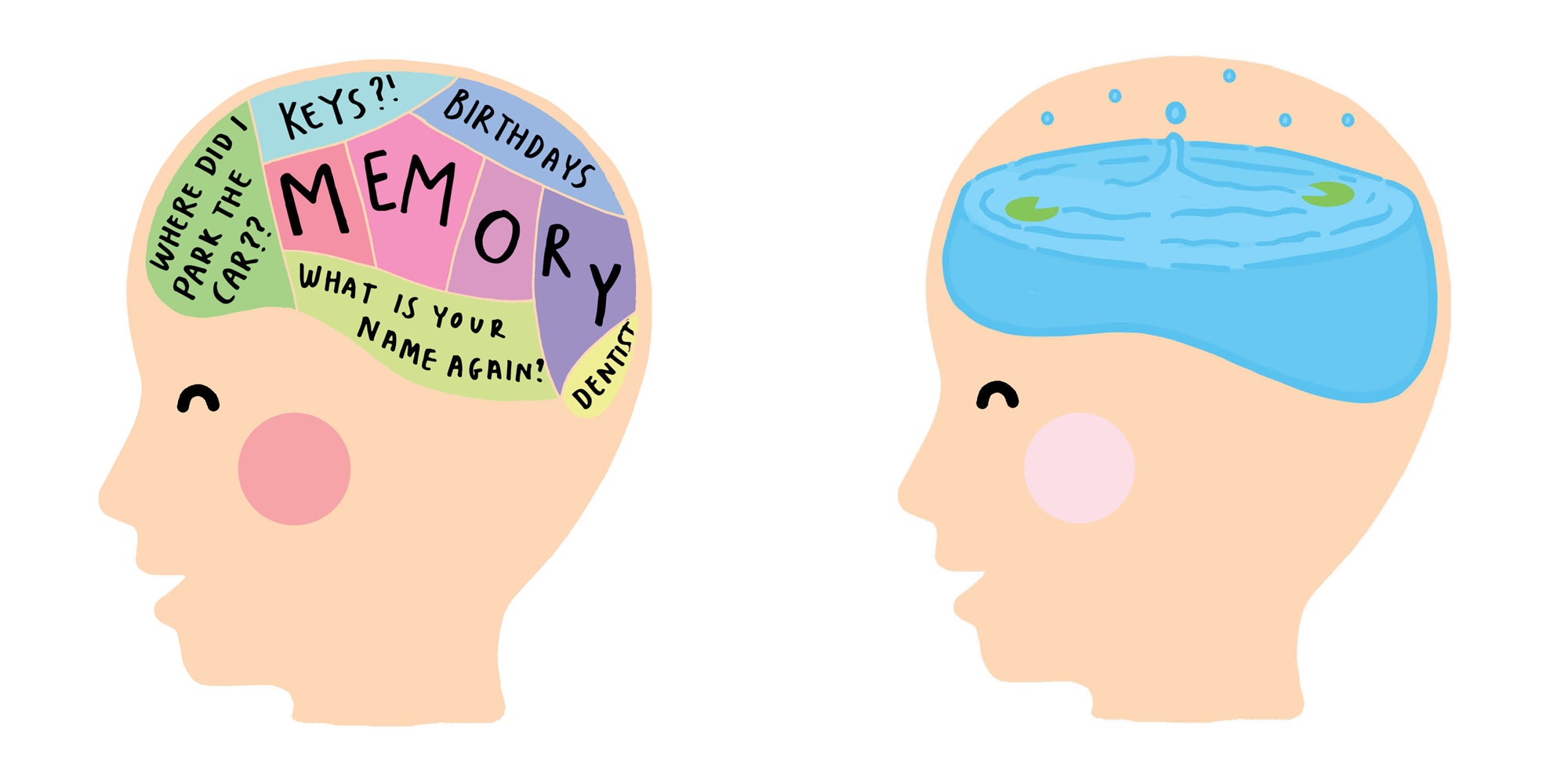Illustrations
Educational illustrations promote effective learning by providing a visual explanation of the accompanying written content. Good illustrations can also increase student engagement with learning resources.
It is well known that a picture is worth a thousand words, but it can sometimes be difficult to find suitable images to aid in your teaching (while also avoiding copyright infringement). Since images are critical in promoting visual associations in learners, accurate and appropriate illustrations are a vital component of any educational content.

Fig. 1 - Grim Reaper meme to promote Dying Matters Week (School of Health and Social Care).
The illustrators in the TEL team are skilled in advanced drawing methods and styles. They can help you produce exciting and imaginative images to use in your slide presentations, handouts, or web content. Here are a collection of custom illustrations created by the Instructional Designers (IDs) to act as inspiration for your own ideas.
Dying Matters Week
School of Health and Social Care
The IDs produced several illustrations to promote Dying Matters Week in the School of Health and Social Care (Faculty of Science and Health). Careful use of humour and a "cartoony" style made the serious (and slightly scary) topic more approachable.
This project involved working with staff in the School of Health and Social Care and representatives from the Hunnaball Family Funeral Group.
The illustrations were used on an educational microsite, social media, posters and printed learning resources used at events during the week. Using the illustrations more than once helped us get the maximum impact from them. All of the illustrations created for the event are on display in the slideshow below. More information about this project can be found on the Psychology of Loss microsite (opens in new tab/window).
Mind Hacks
Organisational Development & Faculty of Humanities
We produced a series of illustrations for "Mind Hacks", a series of innovative staff development workshops based on research from the world of cognitive science. The material for these face-to-face workshops is currently being converted into an online programme for staff and students at the University of Essex.

Illustrations were created to support sessions on topics including growth mindset, productivity, creative thinking, critical thinking and design thinking. The illustrations for the growth mindset session can be seen below. This artwork has also been used to produce learning resources for students in the Faculty of Humanities.
The images below were created to be used in a workshop on memory skills and another on Getting Things Done (GTD), a popular work-life management system.

HALIBUT
School of Health and Social Care
A series of illustrations created in collaboration with Sue Gathercole, Recovery and Therapeutic Lead at The Haven Project. Part of a wider project in the School of Health and Social Care.
By working with her clients and asking them what feelings and emotions are involved in their own experiences of addiction, Sue developed them all into the acronym HALIBUT: Hungry, Angry, Lonely, Isolated, Bored, Unhappy, and Tired.
The idea was to develop a resource, firstly for mental health service users who struggle with addiction and personality disorders, so it could be used to help them identify, in times of struggle, what might be the cause of temptation and their feelings.
Whilst demonstrating a range of paper-based resources that we could create, collectively, we decided to make a fortune teller with sections dedicated to each emotional state. Asking themselves; are they hungry, are they angry, are they lonely, are they feeling isolated, are they bored, are they unhappy, are they tired, or are they unsure altogether?
We're currently exploring the idea that a similar resource, based on Sue's concept, could be used with our students at the University.
The Four Pillars
USG
A set of illustrations were commissioned by the University Steering Group (USG) conveying the four pillars at Essex.

Equality, Diversity and Inclusion illustrations
Organisational Development
Promoting the inclusion of our community by using abstract colours to represent the diverse population at Essex.
Sickness and absence training
People and Culture
A collection of illustrations to make a reasonably dry, but essential, training topic more engaging.